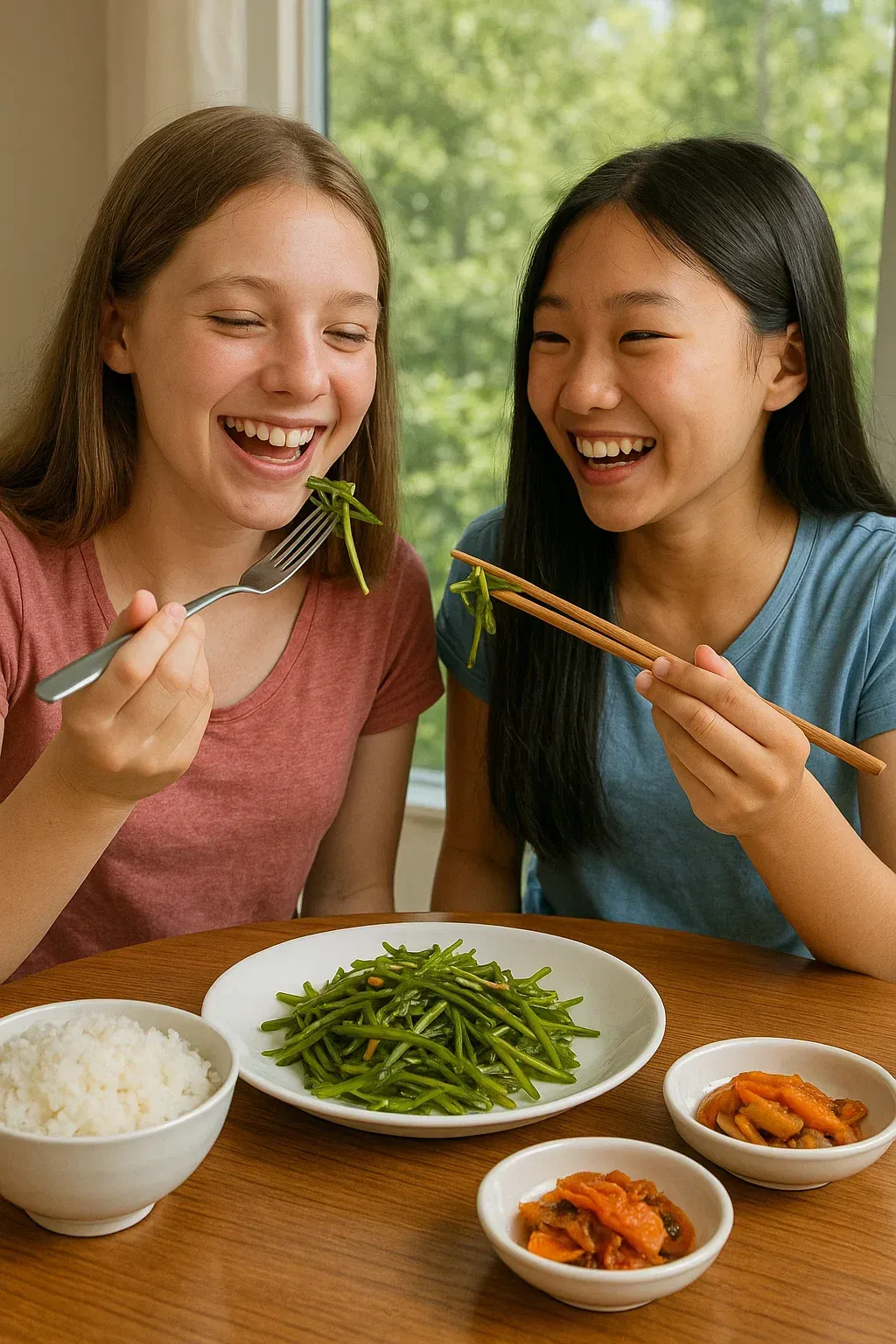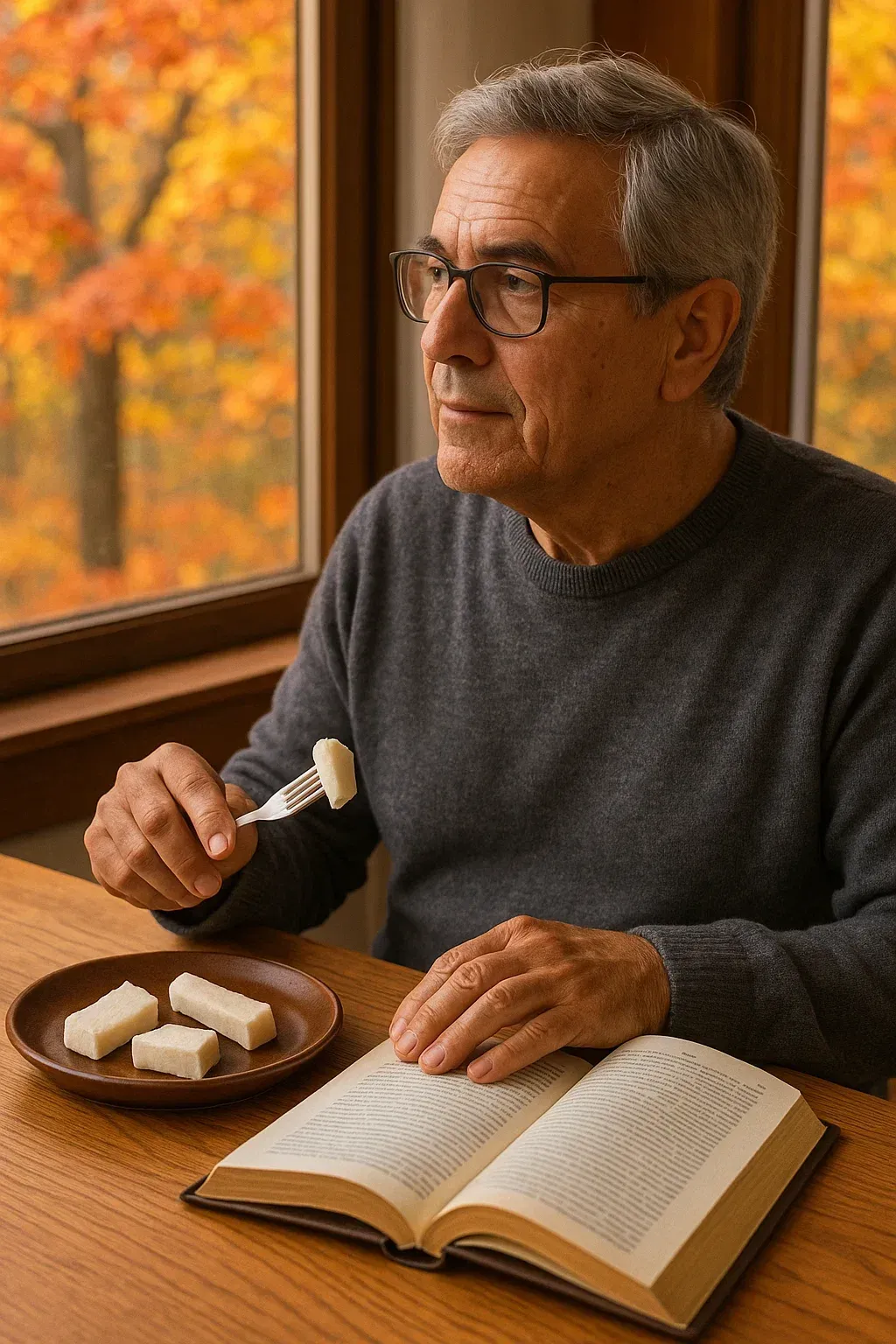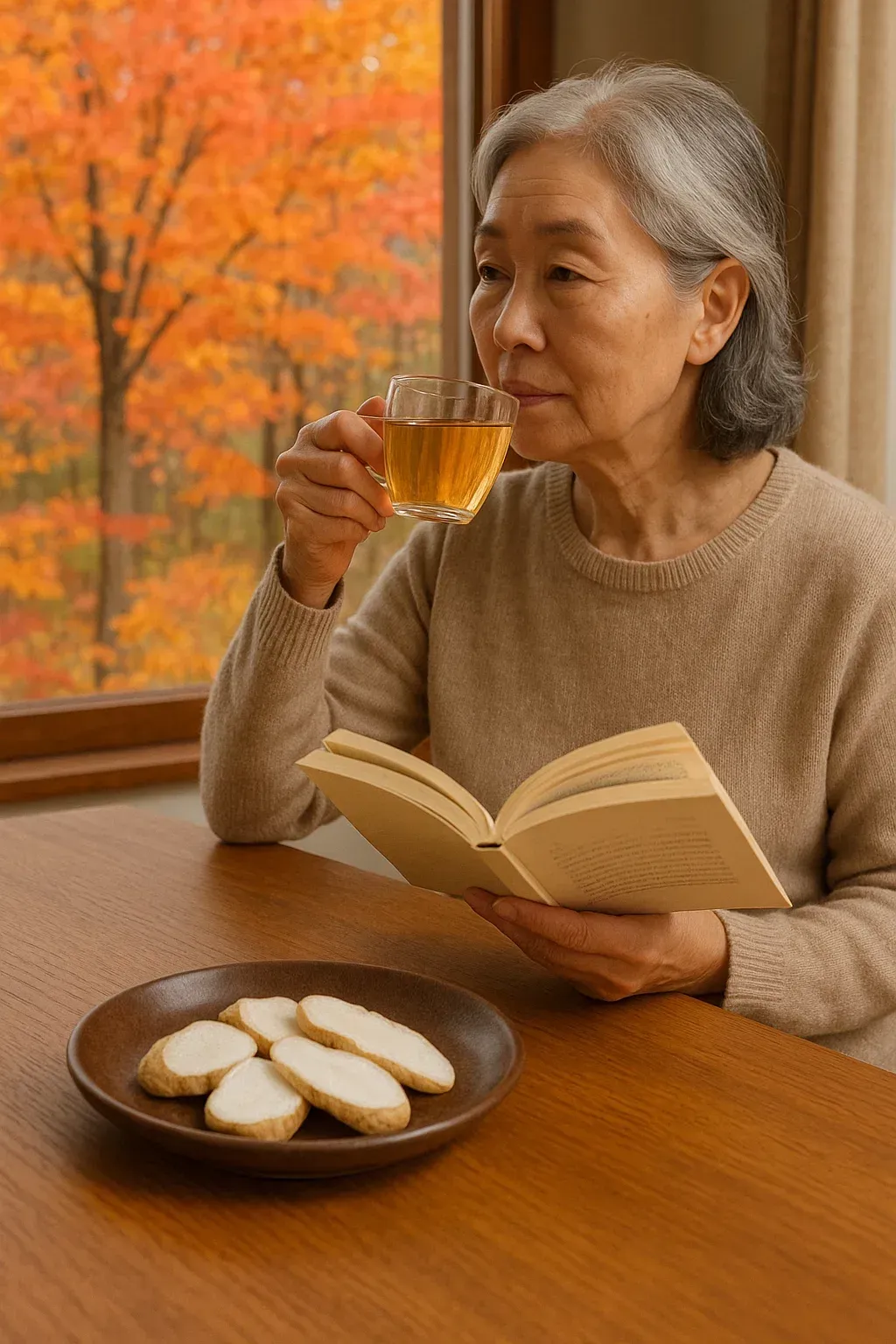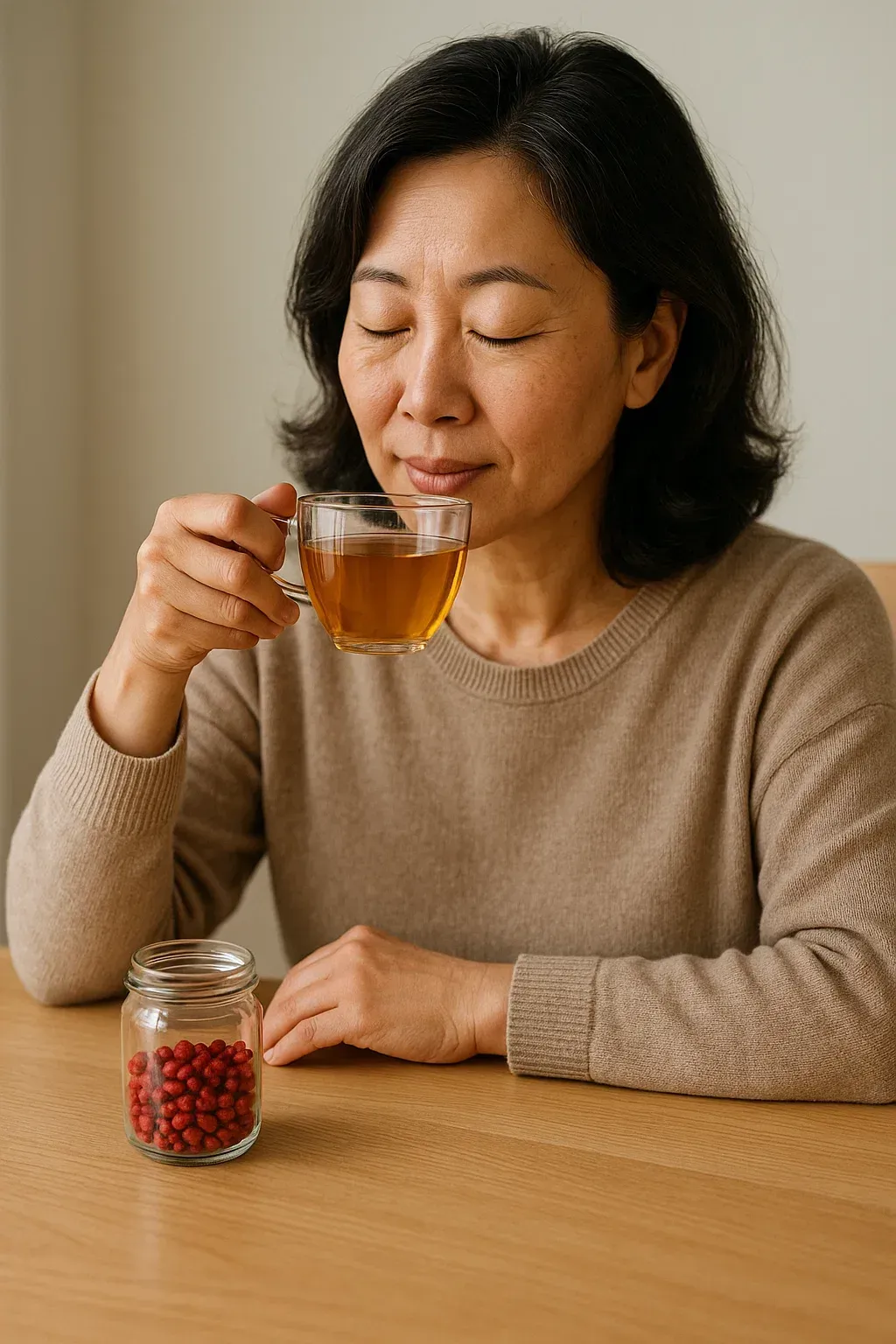Cooling the Inner Fire: A Naturopath's Guide to Fresh Rehmannia (생지황)
In the dynamic world of traditional herbalism, some plants are prized for their cooling and deeply nourishing properties, helping the body manage internal "heat" and dryness. Among these, Fresh Rehmannia Root, known as Sheng Di Huang (生地黄), stands out as a powerful yin tonic and blood cooler in Traditional Chinese Medicine (TCM). As a naturopath, I recognize the importance of moistening and cooling the body, especially in individuals dealing with chronic dryness, internal heat signs, or hormonal imbalances.
The Root of Hydration: Understanding Sheng Di Huang
Sheng Di Huang is the unprocessed, fresh, or simply dried root of the Rehmannia plant. In TCM, it is classified as powerfully cold and sweet/bitter, primarily acting on the Heart, Liver, and Kidney meridians. Its traditional functions are to clear heat and cool the blood, and nourish the Yin (the cooling, moistening, and substantial aspects of the body). It is the raw form that excels at reducing internal heat.
Modern science reveals that Rehmannia is rich in iridoid glycosides (like catalpol), polysaccharides, and amino acids. These components are studied for their anti-inflammatory, antioxidant, and immune-modulating effects, which scientifically back its traditional use as a deep nourishing and cooling agent.
The Science-Backed Benefits of Sheng Di Huang
Modern research supports the traditional applications of Sheng Di Huang, particularly in addressing issues related to heat and dryness:
- Cooling Internal Heat and Reducing Inflammation: One of the most significant actions of Sheng Di Huang is its ability to clear internal "toxic heat." This action is comparable to a scientific anti-inflammatory effect. By reducing systemic heat, it helps manage symptoms like skin rashes, fevers, and excess thirst that stem from internal imbalance.
- Nourishing Yin and Alleviating Dryness: Sheng Di Huang is a profound Yin tonic. When the body's Yin (moisture) is depleted, symptoms like night sweats, dry mouth, hot flashes, and anxiety can arise. The polysaccharides in the root help to replenish the body's internal fluids and essence, acting like a deep, internal hydrator for the entire system.
- Blood Health Support: In TCM, it cools the blood, which is vital for maintaining tranquility and preventing agitation. Scientifically, Rehmannia has been shown to support healthy red blood cell counts and circulation, helping to prevent feelings of dizziness or lightheadedness often associated with "blood heat" or deficiency.
- Potential Endocrine and Kidney Support: Because it targets the Kidney meridian (which governs the endocrine system and vitality), Sheng Di Huang is often included in formulas aimed at supporting adrenal function and hormonal balance, making it a valuable herb during perimenopause and periods of chronic stress.
Important Considerations for Using Sheng Di Huang
Due to its strongly cold nature, Sheng Di Huang is typically used in balanced formulas rather than alone.
- Preparation is Key: The root's effects change drastically upon preparation. The raw form (Sheng Di Huang) is intensely cooling, while the cured (steamed and processed) form (Shu Di Huang) is warming and focuses more on nourishing blood.
- Usage: It's usually consumed as part of an herbal decoction or in standardized capsules.
Important Cautions: Because it is very cold and moistening, individuals with chronic digestive issues, loose stools, or coldness in the stomach should use Sheng Di Huang cautiously and usually only when combined with warming, drying herbs (like Ginger) to balance its effects. Always consult with a qualified TCM practitioner or integrative health professional before using Rehmannia.
Sheng Di Huang offers a gentle, time-honored way to replenish and cool the body from the inside out. By respecting its powerful nature and using it intelligently, you embrace a path toward deep, balanced vitality.
- Dr. Chungmoo "John" Huh, DAcCHM, L.Ac, Dipl. OM -





From Forest Floor to Functional Food: A Holistic Guide to Bracken Fern (고사리) in Traditional Medicine






